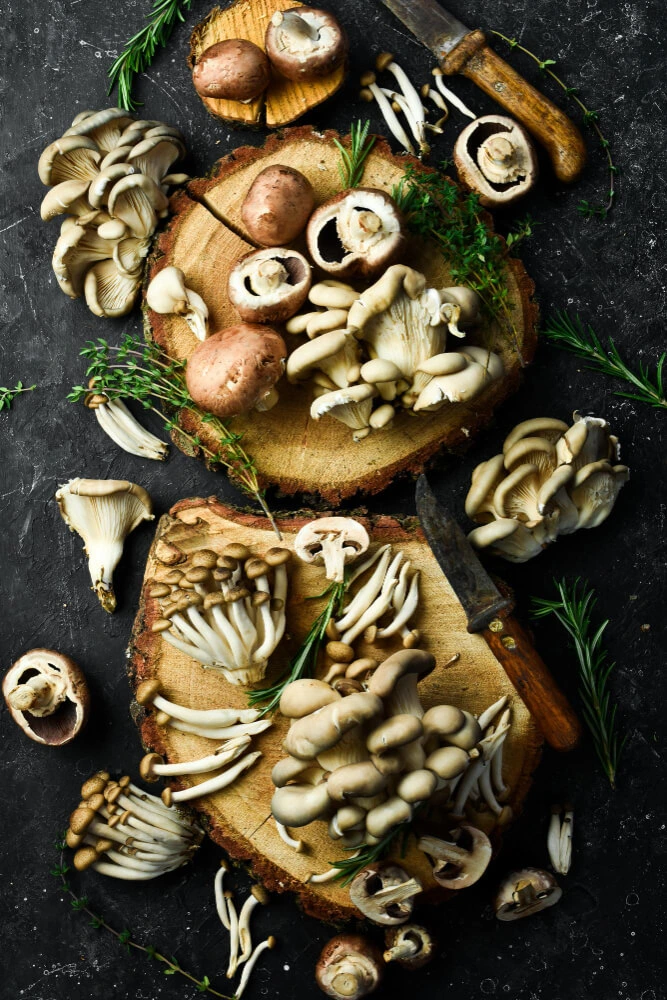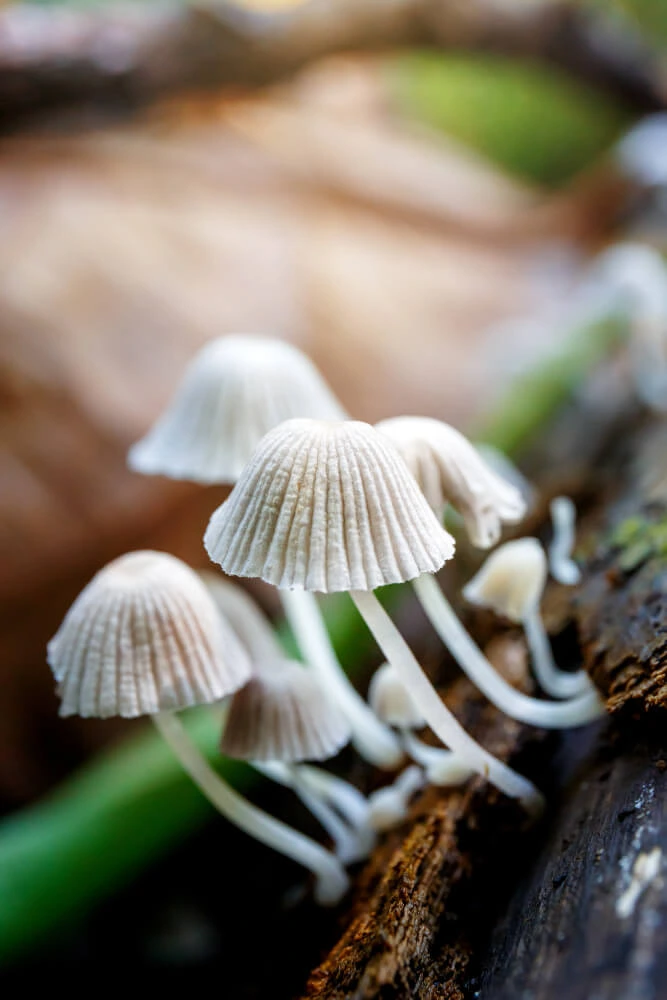The Magic of Medicinal Mushrooms
Over the past decade, the application of supplemental forms of medicinal mushrooms, and their active substances (e.g. polysaccharides) has become quite popular among practitioners and consumers who are interested in nutrition. The increased interest in the therapeutic benefits of mushroom supplements has been driven by centuries of use by Asian herbalists and physicians, as well as the expanding number of scientific studies and reports.
The term “Medicinal Mushroom” refers to the fact that it contains a significant number of therapeutic substances, including bioactive compounds that may be effective in the treatment and prevention of different diseases. What are these active ingredients?
- Polysaccharides (e.g. β-glucan)
- Terpenes/terpenoids
- Immunomodulatory proteins (e.g. lectines)
- Phenolic compounds (antioxidants)


The therapeutic value of polysaccharides
The most significant bioactive compounds of medicinal mushrooms are polysaccharides, which serve as building blocks for the fungal cell wall. The polysaccharides are highly effective at transporting biological information. They exhibit anticancer, anti-inflammatory, antioxidant, immunomodulatory, and antidiabetic activities, which make them crucial for modern medicine. In Asia, mushroom polysaccharides are widely and successfully used to treat different types of cancers and other disorders. Important research is being done on the immunomodulating and anti-tumour effects of polysaccharides like β-glucan. It is significant to note that B-glucans have a direct effect on a wide range of immune cells and chemical messengers, including the production of antibodies or T-cells.
Our immune system has evolved over millions of years to recognize and respond to the natural compounds in mushrooms, and their capacity to help restore a healthy balance of the immune system. Polysaccharides can stimulate the immune response in cases of immune suppression and down-regulate it in cases of an overactive immune response. This therapeutic value makes them a particularly suitable food for treating a variety of chronic diseases.
Additional substances of medicinal mushrooms
Terpenoids
Besides polysaccharides, terpenoids are also important compounds of medicinal mushrooms. You might have heard about terpenes, which give cannabis and essential oils their aroma, flavour, and health advantages. They can also be discovered in several other plants, such as mushrooms. Terpenes are the compounds that are present in a living plant. These terpenes are oxidised into terpenoids when they are exposed to oxygen, which occurs when plants are dried for consumption.
More than 275 terpenoids are found in medicinal mushrooms. Each mushroom extract has its own unique blend of terpenoids, and they all have important therapeutic properties. For example, ganoderic acid is among the anticancer and neuroprotective triterpenoids found in Reishi mushrooms.
Immunomodulatory proteins
Proteins that are abundant in mushrooms have cytotoxic and anticancer effects. Some of them have a unique and powerful immunomodulatory impact. These proteins are identified as fungal immunomodulatory proteins (FIPs), which are part of the immunoglobulin (ig) family and structurally related to human antibodies. Human peripheral blood mononuclear cells (PBMCs) can interact with proteins, causing PBMCs to release various hormones and regulate cellular activity.
Phenolic compounds (antioxidants)
A group of compounds known as polyphenols is found naturally in plants. More than 500 different polyphenols exist. These substances are collectively referred to as phytochemicals. Due to their high polyphenol content, medicinal mushrooms have a significant antioxidant effect. It is well known that antioxidants can prevent cell damage, counteracting free radicals that damage DNA.

Pure Gold Nutrition
Organic materials. 100% natural solutions. Zero compromises.


